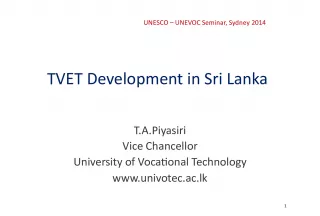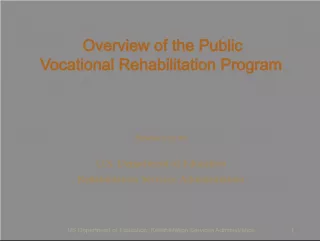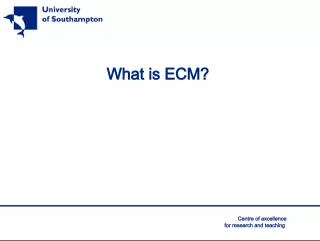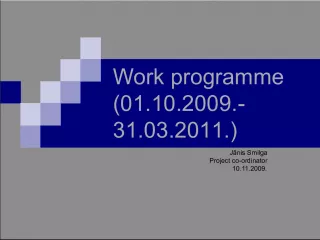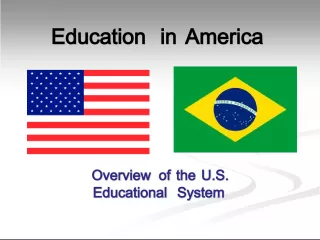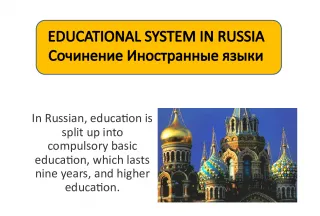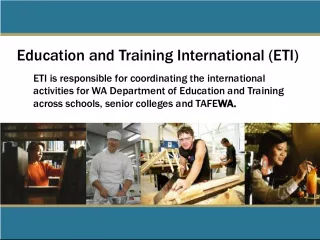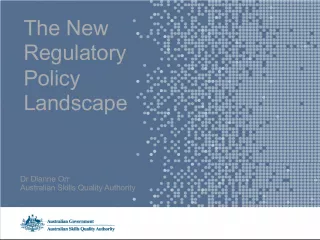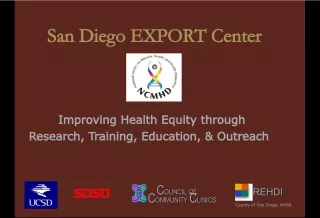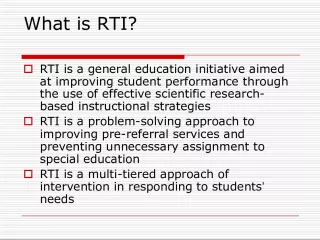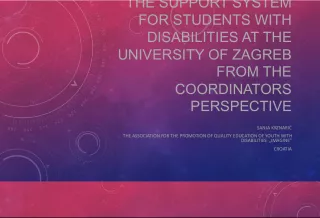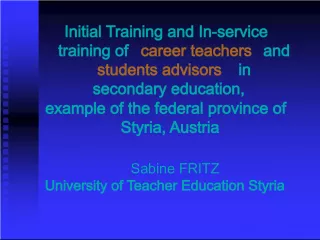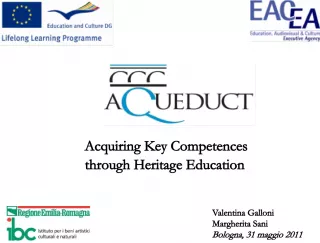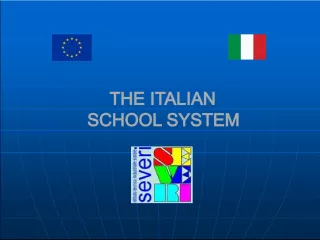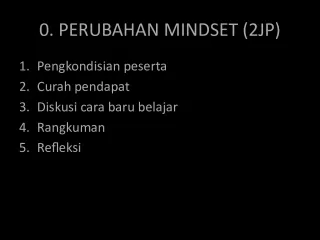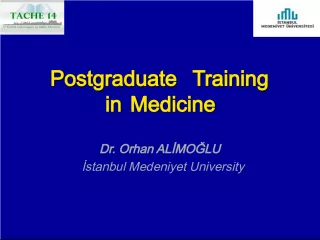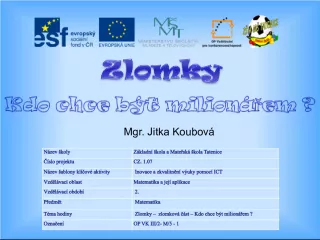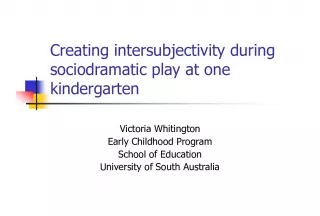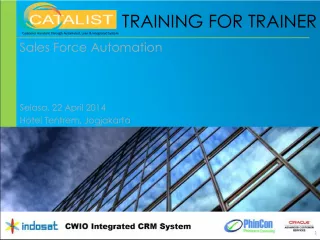Improving Vocational Education and Training: The Australian Vocational Qualification System (AVQS)
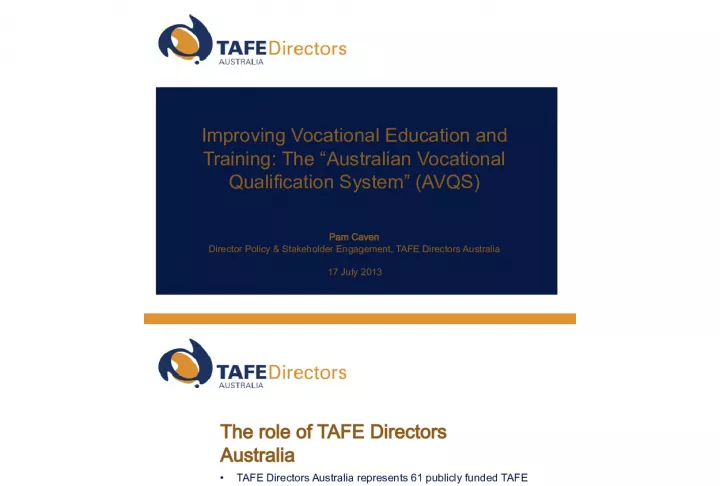

In this speech given by Pam Caven, Director of Policy and Stakeholder Engagement at TAFE Directors Australia, the importance of improving vocational
- Uploaded on | 2 Views
-
 carolynsanders
carolynsanders
About Improving Vocational Education and Training: The Australian Vocational Qualification System (AVQS)
PowerPoint presentation about 'Improving Vocational Education and Training: The Australian Vocational Qualification System (AVQS)'. This presentation describes the topic on In this speech given by Pam Caven, Director of Policy and Stakeholder Engagement at TAFE Directors Australia, the importance of improving vocational. The key topics included in this slideshow are . Download this presentation absolutely free.
Presentation Transcript
Slide1Improving Vocational Education andTraining: The “Australian Vocational Qualification System” (AVQS) Pam Caven Director Policy & Stakeholder Engagement, TAFE Directors Australia 17 July 2013
Slide2•TAFE Directors Australia represents 61 publicly funded TAFE institutions. • As the peak body TDA seeks to articulate the members’ priorities and directions for technical and further education. • TDA represents its members on key government policy bodies; organises an annual conference & seminars; keeps members informed via a weekly email newsletter; and makes submissions to key government enquiries. The role of TAFE Directors Australia
Slide3•A revised set of standards for the regulation of vocational education and training • Their purpose: to raise the delivery and assessment standards in the VET sector and to ensure the integrity of qualifications issued by all RTOs. • Underpinning the changes is the concept that the awarding of a qualification is a privilege, not a right. What is proposed under the AVQS – in a nutshell
Slide4•A lack of confidence by employers in outcomes of the training system • The public failure of some providers • Reputational damage to the sector Why has NSSC proposed change?
Slide5•A Consultation Paper (June 2012) • An Issues Paper • A Position Paper, Improving Vocational Education and Training: The Australian Vocational Qualification System (March 2013) The NSSC process
Slide6the ultimate purpose of the standards is to ensure that qualifications issuedby RTOs are consistent with the requirements outlined in Training Packages and accredited courses and the AQF, and have integrity for employment and/or further study. Standards are also established to ensure that RTOs operate ethically with due consideration of learner, employer and community needs; and that the regulation applied to the RTO is nationally consistent, proportionate, responsive, and risk based The Position Paper Purpose of the Standards
Slide7•Option 1 retaining the status quo • Option 2- making minimal change by re-aligning the AQTF with the NVR Quality Framework • Option 3 -- reforming the system with a new Australian Vocational Qualification System (AVTS), designed to apply stronger, clearer and targeted standards. • The NSSC’s preferred option was 3. The Position Paper defined 3 options
Slide8The Australian VocationalQualifications System Endorsed by Ministers as a basis for drafting new standards on 7 June 2013
Slide9•A shift from ‘registered’ to ‘licensed’ training. Existing RTOs that cannot meet the new standards are able to partner with a ‘licensed training organisation’ (LTO). • One set of standards to be applied nationally - The bedrock of standards is Training Packages • Requirement for all LTOs to have an Accountable Education Officer • Further reduction of the regulatory burden on high performing RTOs. • Raising of the bar for new entrants. Critical changes in the AVQS
Slide10TDA supports• the focus on education and training • the principles which will guide the drafting of the standards • recognition of reduced regulatory burden on ‘high performing’ providers • raising the bar for entry of new providers TAFE Directors Australia response
Slide11The need for:• clearer & more precise language in the drafting of the standards • a greater focus on an outcome, rather than a process approach • greater clarity about some arrangements eg AEO/ partnering arrangements • the resource implications of these changes TDA issues
Slide12Thank you…pcaven@tda.edu.au
